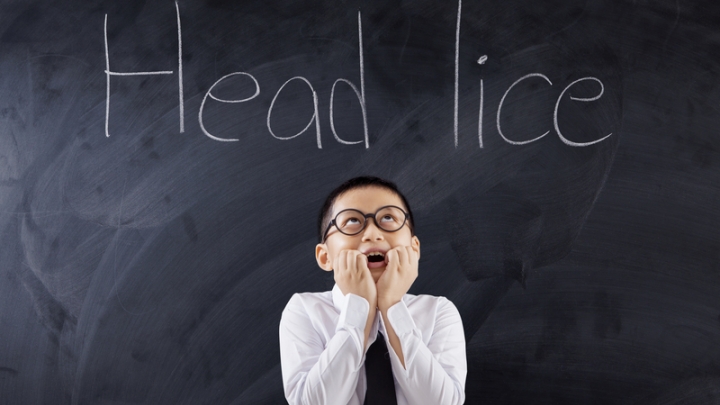With the start of the new school year and as the fall approaches, children may be more likely to come into contact with head lice.
Understanding how lice are spread, taking measures to prevent them and treating infestations properly can help you manage head lice.
Understanding Lice
The head louse (Pediculus humanus capitis) is a parasitic insect that is typically found on the head, eyebrows and even on eyelashes.
Head lice have three forms: nits (eggs), nymphs and adults.
- Nits: Eggs that are laid by the adult female louse, typically at the base of the hair shaft near the scalp. These are usually mistaken for dandruff or hairspray droplets.
- Nymph: Immature louse that hatches from the nit.
- Adult: The adult louse is about the size of a sesame seed. These will typically live about 30 days on the head and will usually die within one or two days if they fall off the head.
What Is Your Child's Risk?
You can determine your child's risk by knowing how lice are spread. Lice move by crawling — they cannot hop or fly. They can spread when your child comes into direct contact (head-to-head) with the hair of a person who has lice. In fact, this is the most common way to get head lice.
Head-to-head contact is common during play time at school or when playing sports, and even during slumber parties.
Hygiene and cleanliness in the home or school have nothing to do with getting head lice.
In addition, although it is uncommon, head lice can be spread by sharing clothing like scarves and jackets and personal items like combs, hair ribbons, barrettes and towels with someone who has lice.
You can also get lice if you lie on a bed, couch or carpet that had been recently in contact with someone who had lice. This will only occur if the lice crawl or nits hatch on clothing or the mentioned personal items.
House pets like dogs and cats do not play a role in the transmission of lice.
Treatment
There are several over-the-counter (OTC) medications that kill lice and some of the eggs. In some cases, a second treatment is needed. Be sure to follow the label instructions.
In some areas, lice have developed resistance to OTC medications. In these cases, your doctor will prescribe a treatment. All household members and other people in close contact should be checked for lice. Some experts believe those who share the same bed with an infected person should be treated as a precaution.
Head lice do not survive long if they can no longer feed off of your head.
The most important part of treatment is the steps taken to prevent further spread or reinfestation. These steps include the following:
1) Machine-wash and dry clothing, bed linens and other items that the infested person wore during the two days before treatment.
- Use the hot water (130 degrees Fahrenheit) laundry cycle and the high heat drying cycle.
- Clothing and items that are not washable can be dry–cleaned OR sealed in a plastic bag and stored for two weeks.
2) Soak combs and brushes in hot water (at least 130 degrees Fahrenheit) for five to 10 minutes.
3) Vacuum the floor and furniture.
4) Do not use fumigant sprays — these can be toxic if inhaled or absorbed through the skin.
Speak to your doctor or pharmacist if you have any questions about lice or lice treatment.







